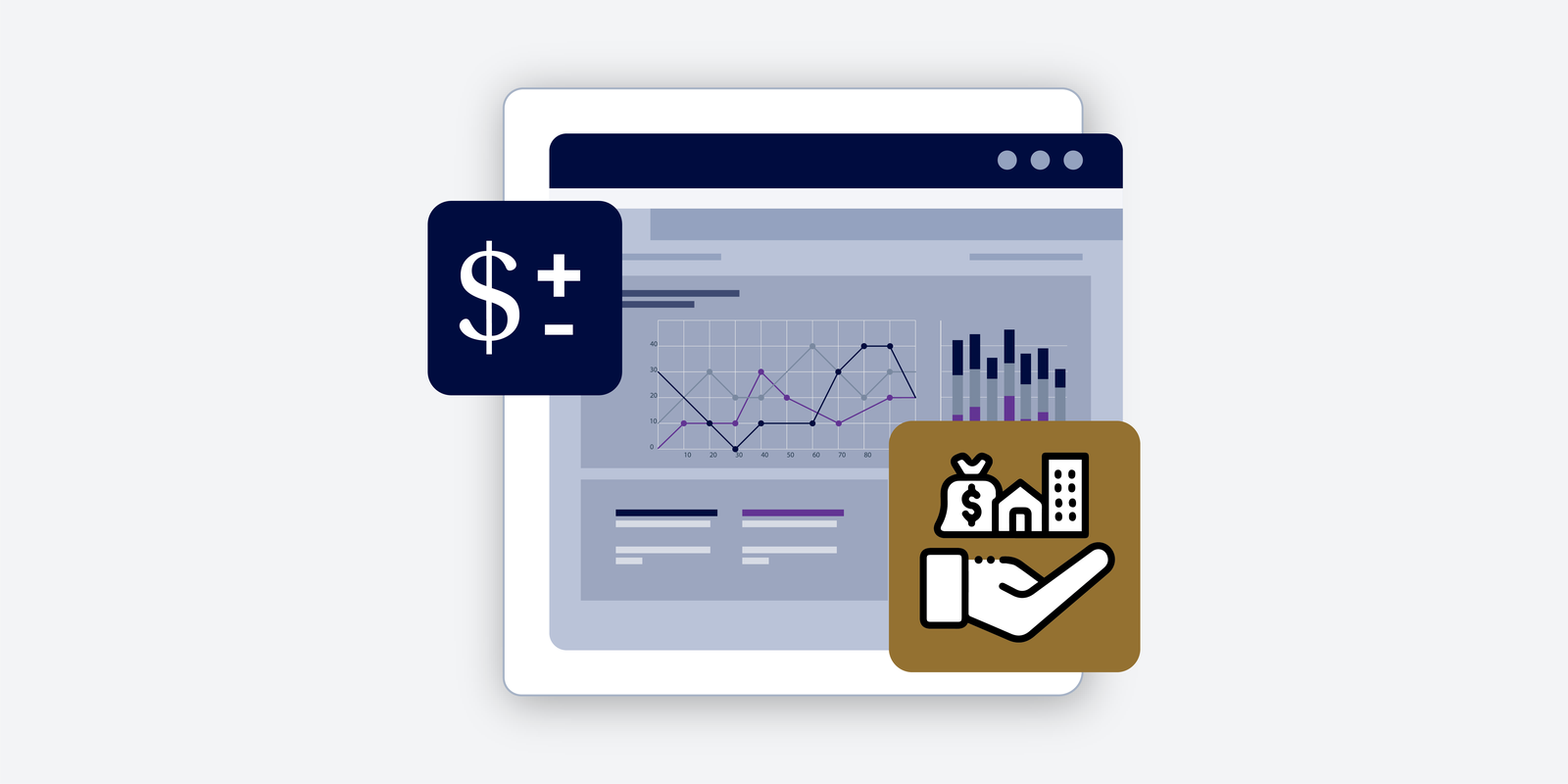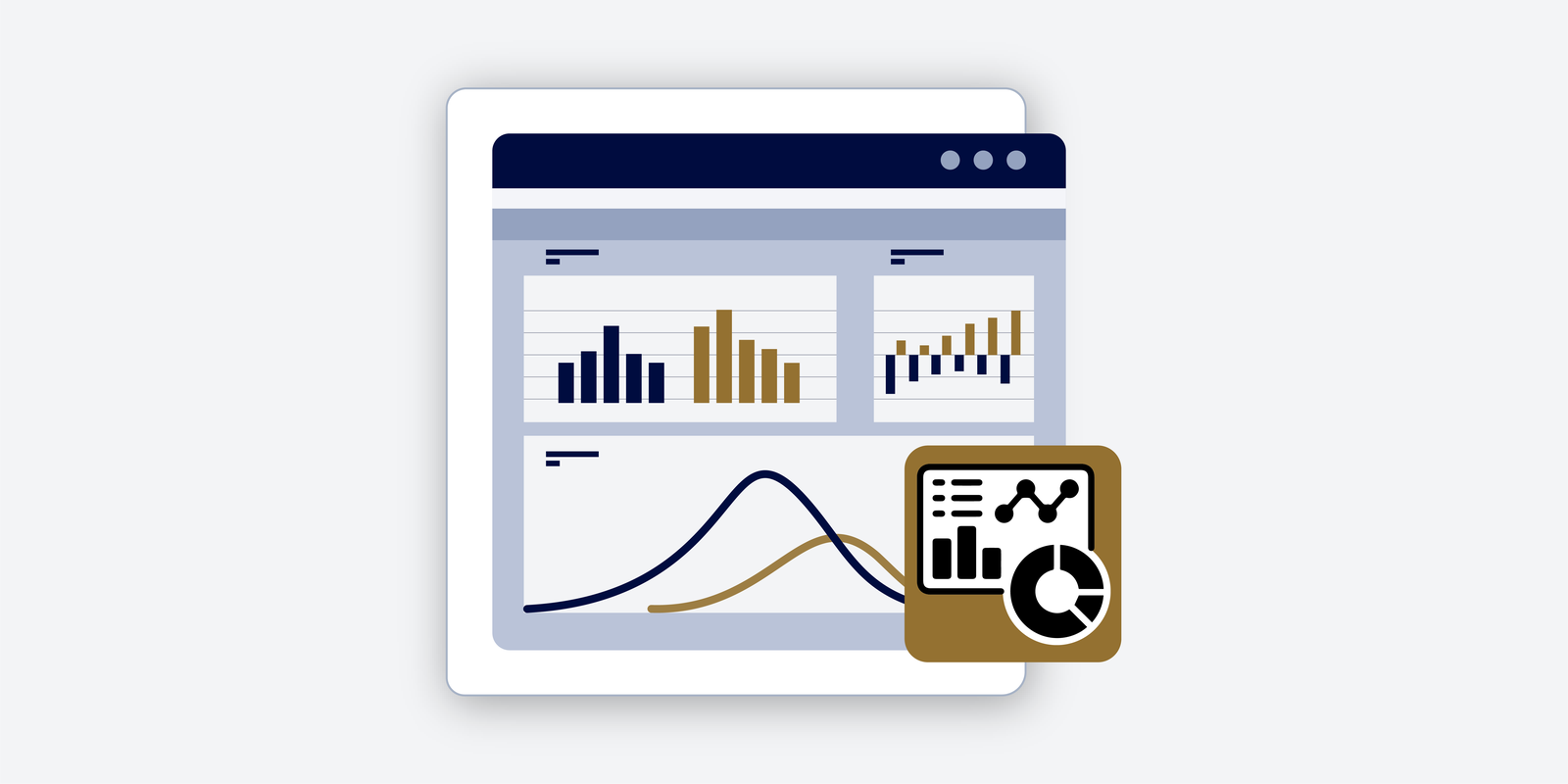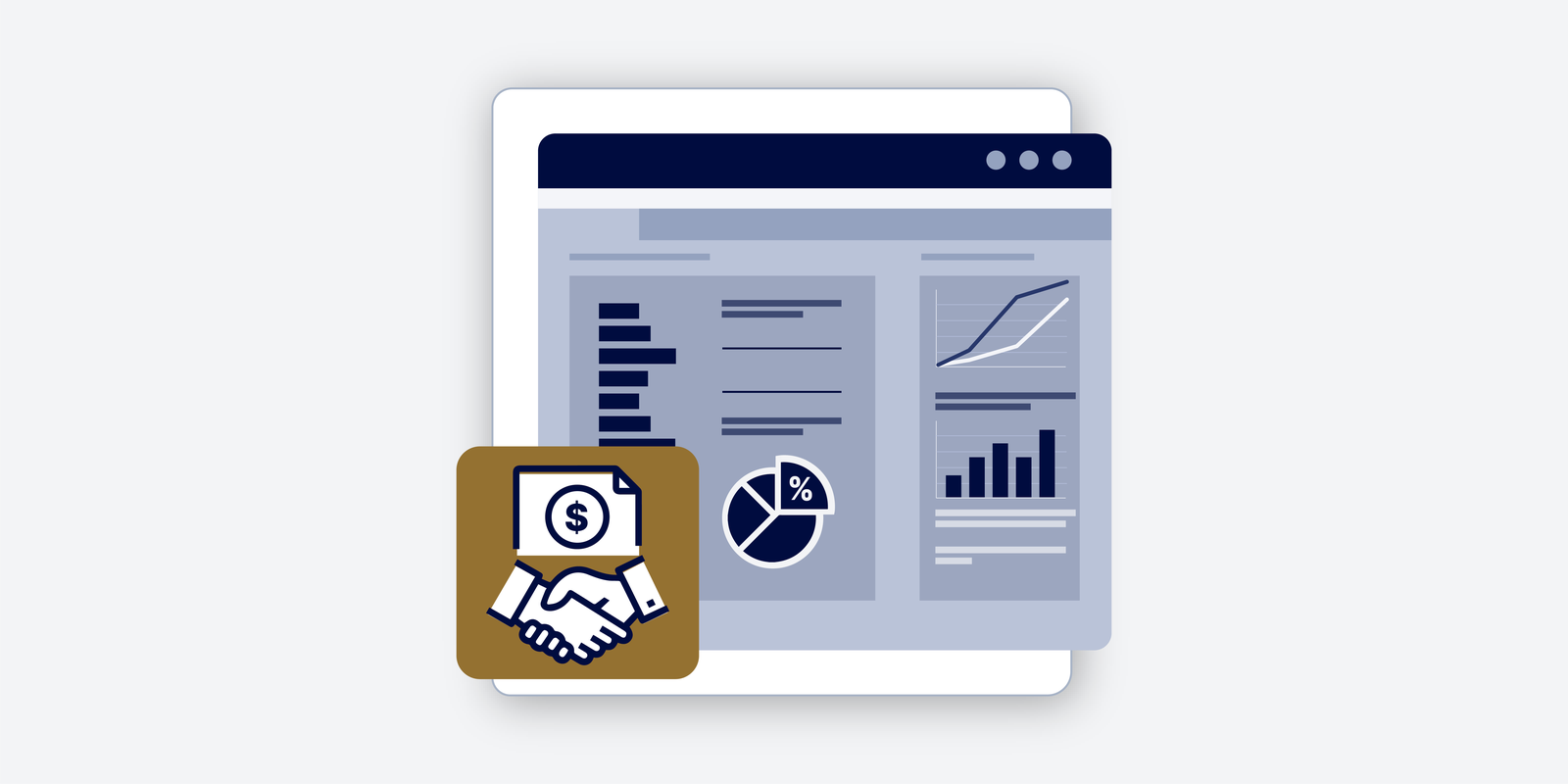Corporate Finance Explained | Cost of Capital
How Do Top Companies Manage Their Cost of Capital for Sustainable Growth?
In this episode, we explore how Tesla, Amazon, and Apple optimize their Weighted Average Cost of Capital (WACC) to make smarter financing and investment decisions.
What You’ll Learn:
- What is WACC & why it matters in corporate finance
- Debt vs. equity financing – How companies balance funding sources
- How beta, credit ratings, and market conditions impact WACC
- Real-world case studies – How Tesla structures financing & how Apple lowers its WACC
- How FP&A teams use WACC in valuation, M&A, and capital budgeting
- Proven strategies to reduce WACC and maximize shareholder value
Transcript
All right, so today we’re gonna deep dive into a concept that’s super important, whether you’re thinking of starting a business or analyzing a potential investment or even just trying to understand how companies make big financial decisions. And it’s all about WACC, the weighted average cost of capital.(…) Think of it this way, every company needs money to operate and grow, right? But that money, it isn’t free. Of course not. WACC helps us figure out the average cost that a company pays for its funding. What’s fascinating is that this seemingly simple number can have huge implications. Oh yeah. Yeah, it influences the company’s ability to invest, acquire other businesses, and even impacts its overall valuation in the eyes of investors. So cracking the code of WACC is like getting a glimpse into the financial DNA of a company. Precisely. Okay. So understand WACC, we need to break it down into its two main components. The cost of debt and the cost of equity. Okay. As you know, comes from loans and bonds, and its cost is the interest rate a company pays. Equity, on the other hand, represents ownership in the company. And its cost is the return shareholders expect for taking on the risk of investing. Okay, so if WACC is a blend of these two costs, I’m guessing a lower WACC is generally a good sign. Absolutely. Right. Does that mean a company is running lean and using its funding efficiently? A lower WACC means a company can access capital at a lower cost. Okay. Giving them a competitive advantage. They can invest in new projects, research and development, or even acquisitions more effectively than a company with a higher WACC. So it’s almost like having a lower hurdle to clear when deciding whether to pursue a new opportunity. Exactly. Right. Think about it this way. A company with a high WACC might have to pass on a promising project. Because it costs too much? Because the potential returns don’t justify the high cost of funding. Makes sense. But a company with a lower WACC might be able to move forward confidently knowing their capital is working harder for them. Now let’s talk about this whole debt versus equity thing. Companies have to choose how much of each to use right. What are the factors that drive those decisions?
(…)
It’s one of the classic dilemmas in corporate finance. Yeah. Debt is generally cheaper than equity because lenders take on less risk. They have a contractual obligation to be repaid regardless of how the company performs. Makes sense. But that obligation also creates a fixed financial burden for the company. Sure. And if they can’t meet their debt payments, things can get messy quickly. Makes sense. So taking on more debt can magnify both the risks and the rewards. Exactly. Okay. Equity on the other hand is more expensive because shareholders are taking on more risk. They’re essentially betting on the company’s success. Right. And their returns are tied to its performance. Yeah.(…) But equity also offers more flexibility. Okay. There are no mandatory payments.(…) And companies can use equity to fund growth without incurring additional debt. So it seems like a company’s appetite for risk, its growth stage, and its overall financial health all play a role in determining the ideal mix of debt and equity. For sure. Are there any examples of companies that have really nailed this balancing act?(…) There are many, but Tesla’s journey is particularly interesting. Okay. In early days when they were a high growth, somewhat unpredictable company, they relied heavily on equity financing. Okay. They needed the flexibility and weren’t as concerned about the higher cost. It’s like they were playing the high risk, high reward game betting big on their future potential. Exactly. Okay. But as Tesla matured,(…) became more profitable,(…) and demonstrated their staying power, their risk profile changed. They were able to access cheaper debt financing and strategically shifted their capital structure to include a larger proportion of debt. So as their perceived risk in the market decreased, their cost of capital went down. Precisely. Got it. And this lower WACC allowed them to invest in new projects and expansion initiatives even more effectively. It’s a great example of how a company’s capital structure can evolve over time as its risk profile and growth objectives change. For sure.(…) Yeah. That’s really interesting. Okay, so we’ve established that WACC is like this financial fingerprint unique to each company. Yeah. Influenced by their risk profile and financial choices. But how does this play out across different industries? Would a tech company typically have a higher WACC than say a utility company? That’s a great question. And you’re right on the money. Okay. Different industries do tend to have different average WACCs. Makes sense. Think about a utility company. Right. Providing a basic necessity like electricity or water(…) is inherently less risky than a tech startup trying to disrupt an entire industry. So investors are likely to demand a higher return from the tech company to compensate for the greater uncertainty. Exactly. Right. That higher expected return directly impacts the company’s cost of equity. Okay. Which in turn drives up its overall WACC. It’s like assessing the interest rate on a loan. Right. The riskier the borrower, the higher the interest rate. Yeah. In this case, the borrower is the company. Yeah.(…) And the other great thing about the company is their WACC. Now even within the same industry, I imagine there can be a wide range of WACCs. Absolutely. Depending on a company’s individual choices and circumstances. A company’s specific business model. Okay. Its management team, its competitive landscape. Mm-hmm. And even its track record of innovation all factor into its perceived risk. Right. And ultimately, it’s WACC. So two companies in the same industry could have very different WACCs. Yeah.
(…)
It’s a competitive advantage for the one with the lower cost of capital. Precisely. Okay. Imagine two companies, both developing cutting edge software. Okay. But one has a much lower WACC. Mm-hmm. That company has more financial firepower. Right. To invest in research and development attract top talent. Yeah. And even whether economic downturns more effectively than its higher WACC competitor. It’s like they have a secret weapon in the battle for market share and dominance.(…) And it’s not just about competing within an industry. Okay. A lower WACC can also make a company more attractive to investors. So it’s like a stamp of approval. Yeah. From the financial market saying, “Hey, this company is worth betting on.” Exactly. Right. And this could have a snowball effect. Attracting more investment, boosting the company’s stock price. Right. And further lowering its WACC, creating a virtuous cycle of financial strength. This whole WACC thing is starting to feel like a high stakes game of chess, where companies are constantly making strategic moves to lower their cost of capital and gain an edge. For sure. We’ve talked about the debt versus equity decision, but are there other levers companies can pull to optimize their WACC? There are several, and some of them might surprise you. Oh really? One tactic is actively managing their credit rating. Oh, okay. A higher credit rating means lower borrowing costs. Right. Which directly lowers the cost of debt, and therefore the overall WACC. So it’s not just about taking on less debt, it’s about proactively improving their financial health. Yeah. To access the most favorable lending terms. Precisely. Okay. Another strategy one that’s become increasingly popular in recent years, is using stock buybacks to reduce the number of outstanding shares. Oh wait, so by buying back their own stock companies can actually lower their WACC, how does that work? It’s a bit counterintuitive, but it boils down to the cost of equity. Okay. Remember the cost of equity reflects the return shareholders expect. By reducing the number of shares outstanding. Okay. Companies essentially concentrate ownership. Right. And increase the earnings per share. This can make the stock more attractive to investors. Okay. Potentially lowering the expected return, and ultimately the cost of equity. So it’s like a carefully calculated move to signal confidence to investors. Exactly. And reshape their perception of the company’s risk and potential. It’s a strategic tool that can have a real impact on WACC. But it’s not without its risks and considerations. Sure. Companies need to weigh the potential benefits against the cost of buying back shares. Right. And the potential impact on other investment opportunities. This is all starting to make so much sense. Okay. But I have to admit, I’m a little surprised by how much complexity there is beneath the surface of this seemingly simple metric.
(…)
It’s clearly not just a number, it’s a reflection of a company’s strategic choices. Its risk profile and its overall position in the market. And that’s what makes it so fascinating. Right. WACC isn’t just a static calculation. Yeah. It’s a dynamic force that can shift over time as companies evolve.(…) Markets fluctuate and even societal priorities change. Speaking of societal priorities, I’ve been hearing more and more about ESG investing. Yeah. And how companies are being evaluated, not just on their financial performance, but also on their environmental, social and governance practices. For sure. How is this trend impacting the world of WACC? That’s a great question and it’s something we’re seeing more of. Some investors are now incorporating ESG factors into their assessment of a company’s risk. They believe that companies with strong ESG profiles are better positioned for long-term success. Right. Even if their short-term financial performance isn’t as stellar.(…) So we’ve talked about how a company’s WACC can be influenced by a bunch of things. Yeah. From its industry and capital structure to its management team and even its commitment to sustainability. It’s true. Really paints a comprehensive picture of a company’s financial health and future prospects. WACC is like a lens through which we can analyze a company’s strategic decisions, its ability to generate returns and ultimately its value in the marketplace. So it’s not just about looking backward, it’s about anticipating the future. And speaking of the future, we left off talking about ESG. Those environmental, social and governance factors that investors are increasingly considering. How do you see this trend playing out in the world of WACC? Well, as investors become more attuned to ESG factors, some are willing to accept a slightly lower return from companies that align with their values. Interesting. It’s almost like they’re factoring in sustainability premium when assessing risk. So a company with a strong ESG profile might actually have a lower cost of capital. Exactly. Even if their financial performance is similar to a less sustainable competitor. And this can create a powerful incentive for companies to prioritize ESG initiatives. Because it can save them money. It’s no longer just about doing good, it’s about doing well financially. So it’s almost like a virtuous cycle where companies that embrace sustainability can attract more investment, lower their WACC and ultimately achieve greater long-term success. Now there’s still some debate. Right. About how to accurately quantify and incorporate ESG factors into WACC calculations. It’s a relatively new area and there’s no standardized methodology yet. But it seems clear that ESG is here to stay and its influence on WACC is likely to grow in the coming years. What other trends of the horizon could potentially reshape the way we think about WACC? Well, technological disruption is another major factor to consider. The rapid pace of innovation in areas like AI, blockchain and automation is transforming industries and creating both opportunities and challenges for companies. So how might these technological advancements impact a company’s WACC? It’s a bit of a double-edged sword. On the one hand, investing in new technologies can be expensive, potentially increasing the company’s risk profile and driving up its WACC in the short term. Right. But on the other hand, if those investments lead to increased efficiency, new revenue streams and a stronger competitive position, the company’s WACC could eventually decline. So it’s all about strategically navigating this period of rapid innovation, balancing the short-term costs with the long-term potential benefits of embracing new technologies. Exactly, and this is where WACC becomes even more crucial as a decision-making tool. It can help companies evaluate the financial viability of investing in new technologies, weigh the risks and rewards, and ultimately make strategic choices that position them for success in a rapidly evolving marketplace. This has been such an enlightening deep dive into the world of WACC. It’s a fascinating topic. We’ve explored its components, its applications, and how it’s being influenced by broader trends like ESG investing and technological disruption. And throughout this exploration, I hope you, our listener, have gained a deeper understanding of how WACC functions as a financial compass, guiding companies towards strategic decisions that create value and drive sustainable growth. It’s definitely given me a whole new perspective on how to analyze companies, understand their financial strategies, and even make more informed investment decisions. Remember, WACC is more than just a number. It’s a reflection of a company’s risk profile, financial health, and its strategic vision for the future. As we wrap up this deep dive, I’m left with a sense of both excitement and a touch of healthy skepticism. The financial world is constantly changing, and it’s up to each of us to stay informed, adapt to new trends, and keep asking the right questions. And that, my friend, is the key to navigating the complex and ever-evolving world of finance. Keep learning, keep exploring, and never underestimate the power of understanding the fundamentals. Thanks for joining us on this journey into the fascinating world of WACC. Until next time, keep those financial wheels turning.





